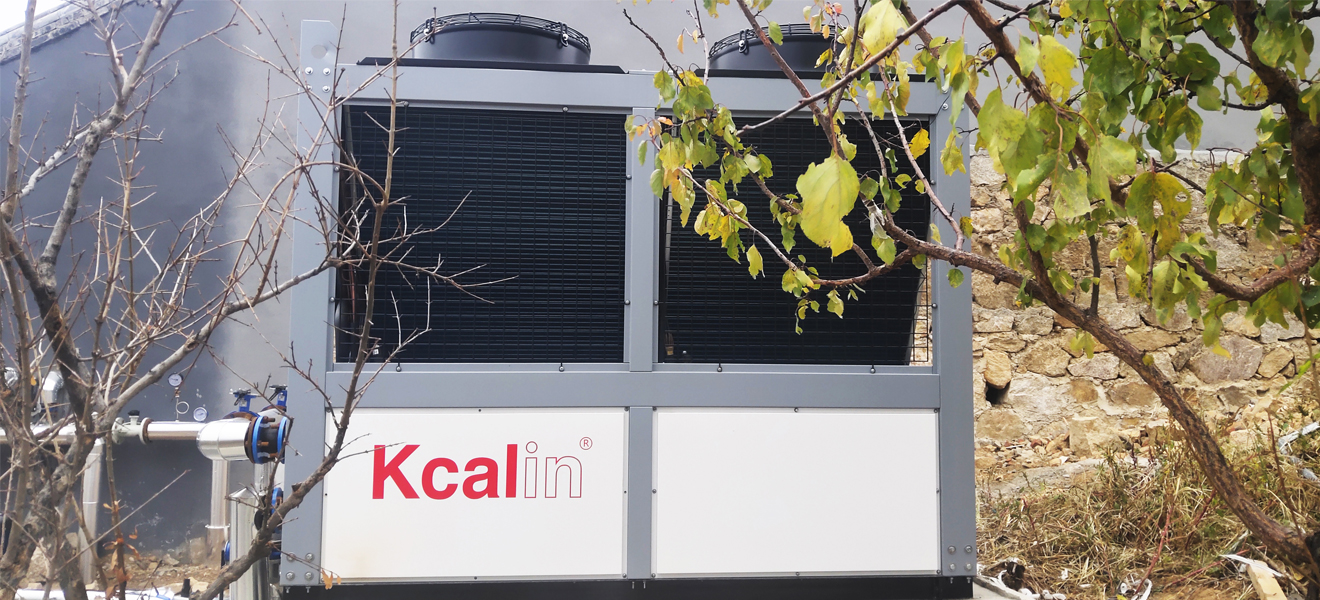With the increasingly prominent energy and environmental issues, green and efficient heating methods have attracted attention. Among numerous heating technologies, air source heat pumps have become a popular choice due to their energy-saving, environmentally friendly, and stable operation characteristics. In the continuous innovation process of air source heat pump technology, jet enthalpy enhancement technology, as a key link, is contributing an important force to its efficiency improvement and performance optimization.
Air source heat pump is a system that utilizes low-quality thermal energy in the air for energy conversion. Its working principle is to absorb low-temperature heat from the external air through the evaporator, increase the temperature through the compressor, and then release it into the space that needs heating. This heating method does not require fuel combustion, has no emissions, and has the advantages of environmental protection and energy conservation. It is widely used in residential and commercial buildings and other fields.
Jet enthalpy enhancement technology is to add a heater at the exhaust of the compressor, and the high-temperature and high-pressure gas compressed by the compressor is heated before entering the condenser, thereby increasing the inlet temperature of the condenser and increasing the outlet temperature of the evaporator. This technology can increase the heating capacity of the heat pump system and improve its heating efficiency.

The working mode of jet enthalpy enhancement technology:
The compressor compresses low-temperature and low-pressure refrigerant gas into high-temperature and high-pressure gas. The high-temperature and high-pressure gas from the exhaust enters the jet enthalpy enhancer and is heated during this process. The heated gas enters the condenser and releases heat. The refrigerant gas in the condenser cools and condenses into a liquid. The liquid refrigerant expands through the expansion valve to form a low-temperature and low-pressure gas, which returns to the evaporator for further circulation.
The advantages and applications of jet enthalpy enhancement technology
Improving heat pump performance: Jet enthalpy enhancement technology can effectively improve the heating efficiency of heat pumps, enabling them to provide more heat under the same conditions and reduce operating costs.
Adaptation to low-temperature environments: In cold winter, jet enthalpy enhancement technology can enable air source heat pumps to operate efficiently in low-temperature environments, ensuring stable indoor temperatures.
Energy conservation and environmental protection: By improving the heating efficiency of heat pumps, jet enthalpy enhancement technology can reduce energy consumption, reduce greenhouse gas emissions, and meet the requirements of energy conservation and environmental protection.
As one of the key innovations of air source heat pumps, jet enthalpy enhancement technology has opened up new paths for its performance improvement and application expansion. In the pursuit of green and efficient energy today, the application of jet enthalpy enhancement technology not only improves the energy efficiency of heat pump systems, but also creates a more comfortable and environmentally friendly heating environment for us. We look forward to further improving and innovating jet enthalpy enhancement technology in future development, injecting more new vitality and power into the field of green energy!







Comment